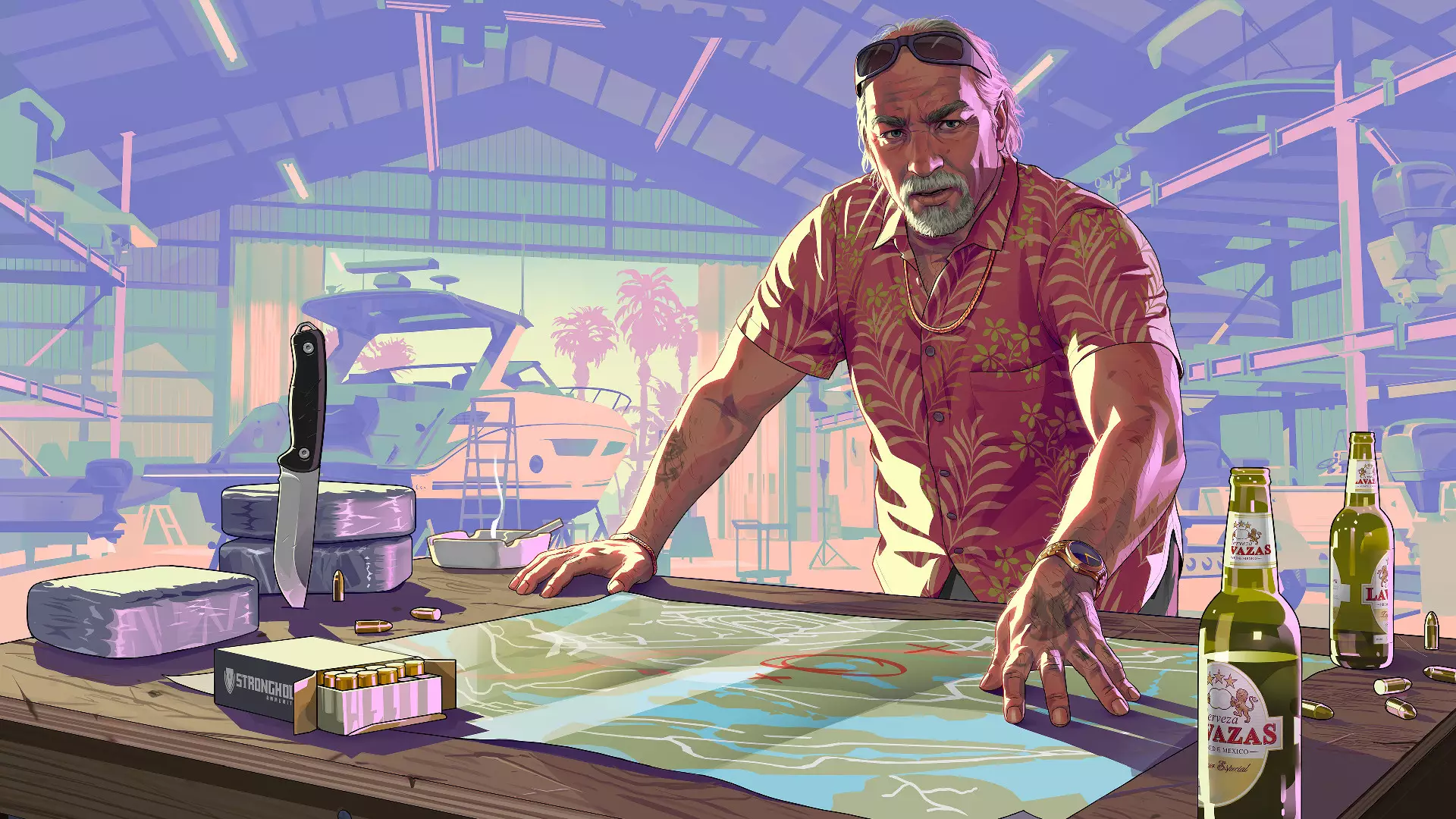In recent years, the gaming industry has undergone a remarkable transformation, characterized by skyrocketing development costs and increasingly elaborate marketing campaigns. Titles like GTA 6 are emblematic of this trend—projected to push boundaries not only in gameplay but also in pricing strategies. Analysts predict that Rockstar Games may ask players to shell out up to $100 for the premium experience, a figure that would drastically alter consumer expectations. This shift is rooted in the escalating expenses associated with creating expansive worlds, cutting-edge graphics, and sophisticated online ecosystems. Historically, gamers have shown resistance to steep price hikes, but the appeal of blockbuster titles like GTA 6 may test the limits of consumer patience and valuation.
The core issue revolves around whether players perceive such a hefty cost as justified by the quality and scope of the game. With development budgets potentially surpassing $1.5 billion, the industry seems to be valuing scale over affordability. If gamers are willing to invest in collector editions at prices nearing $150, it suggests an appetite for high-end products—yet mainstream audiences might balk at paying triple the conventional $60 or $70 bill. Rockstar, however, might see a strategic advantage in positioning GTA 6 as an ultra-premium product, focusing on exclusivity and perceived prestige rather than broad accessibility.
Economic Rationales Behind Premium Price Points
The notion of a $100 price point for GTA 6 isn’t just an arbitrary figure; it’s a calculated move rooted in market dynamics and profitability models. Pachter from Wedbush Securities estimates that the game could generate up to $10 billion over its lifetime, with an annual revenue of half a billion from GTA Online alone. For analysts, these projections highlight the lucrative potential of the franchise—enough to justify significantly higher upfront costs.
From a developer’s perspective, the immense investment in cutting-edge technology, extensive voice acting, motion capture, and sprawling virtual worlds demands a return that aligns with these costs. Pachter’s prediction suggests that Rockstar might leverage the high price point to maximize profit margins, especially if the game’s quality and hype meet expectations. A $100 price tag could also serve as a signal to the industry that premium gaming is not only viable but increasingly profitable at higher thresholds, reshaping pricing expectations across platforms.
The Controversy and Consumer Resistance
Despite analysts’ optimism, the gaming community remains skeptical. Historically, gamers have shown reluctance to accept such inflated prices—particularly when compared to the traditional $60 or $70 standard. Even at the $80 mark, big publishers like Microsoft and EA have encountered resistance, indicating a market saturated with alternatives and demanding value.
The real challenge for Rockstar will be balancing the desire for maximum profit against consumer sentiment. If the base game alone is priced at $100, there’s a risk of alienating loyal fans expecting more accessible entry points. The idea of bundling GTA 6 with GTA Online, potentially bringing the combined cost to $100, might seem more palatable but still pushes the envelope of affordability. History shows that expensive editions sell well primarily through hype, exclusivity, or collector appeal—not through mass-market appeal.
Interestingly, the industry trend toward premium editions and collector’s items—like GTA 5’s past offerings—might encourage Rockstar to adopt tiered pricing, offering multiple versions at different price points. However, whether these strategies can sustain long-term growth hinges on how consumers perceive value amid such astronomical costs.
Market Evolution and the Future of Pricing in Gaming
The debate over GTA 6’s pricing also reflects broader shifts in the gaming ecosystem. As digital distribution reduces costs associated with physical media, publishers increasingly justify higher prices by emphasizing quality and content density. Yet, there remains a growing resistance from gamers advocating for fair prices, especially as many indie titles and free-to-play games provide compelling experiences at a fraction of the cost.
Moreover, inflation and rising development budgets are fueling the push for higher prices, but consumer willingness to pay such premiums is not infinite. Rockstar’s past success with more modest pricing strategies for GTA 5 suggests that lowering the entry barrier can foster a larger player base and more sustained engagement—particularly vital for GTA Online’s ecosystem.
Ultimately, the question isn’t just about whether Rockstar can charge $100, but whether they should. The industry stands at a crossroads where the pursuit of profit must be weighed against consumer trust and market sustainability. If gamers perceive these massive price tags as exploitative or disconnected from value, it could lead to long-term repercussions, including diminished brand loyalty and reduced sales.
In shaping the future of AAA gaming, Rockstar faces a critical choice: innovate with bold pricing strategies or adhere to the traditional models that have historically brought consistent consumer support. Given the stakes involved with GTA 6, the decision will likely influence industry standards for years to come.

